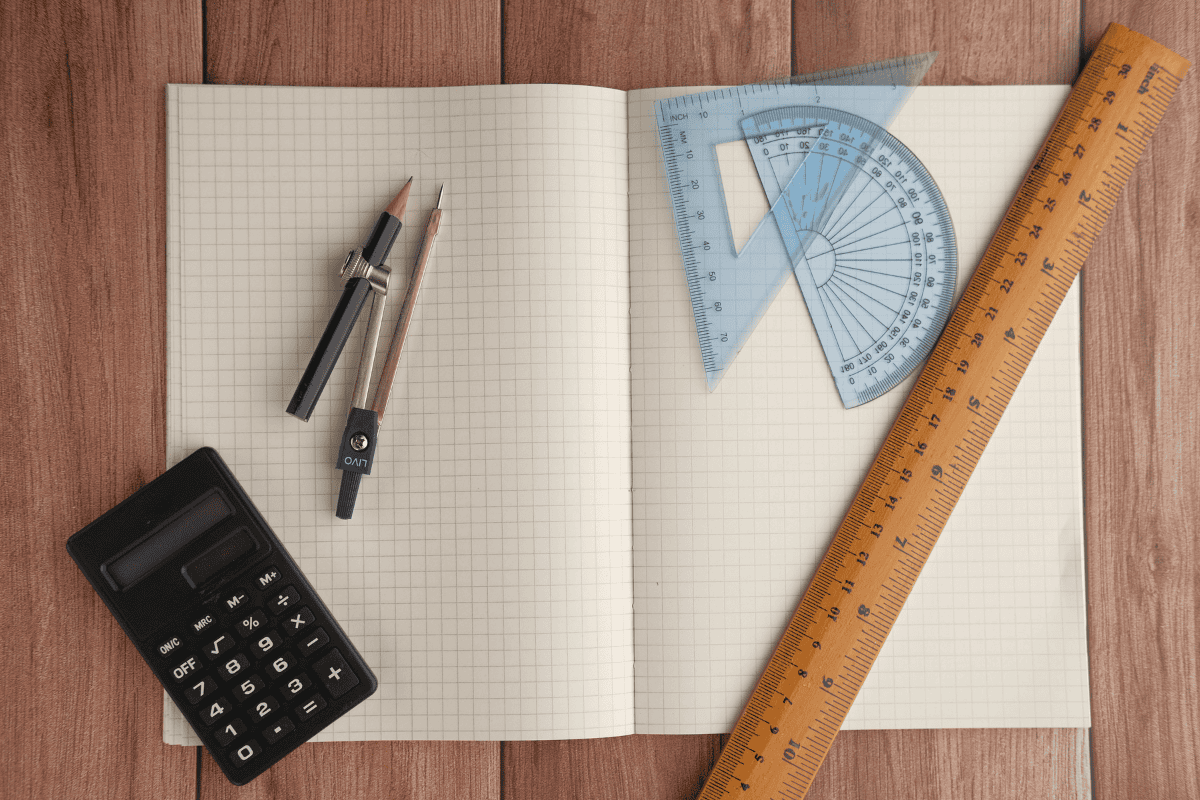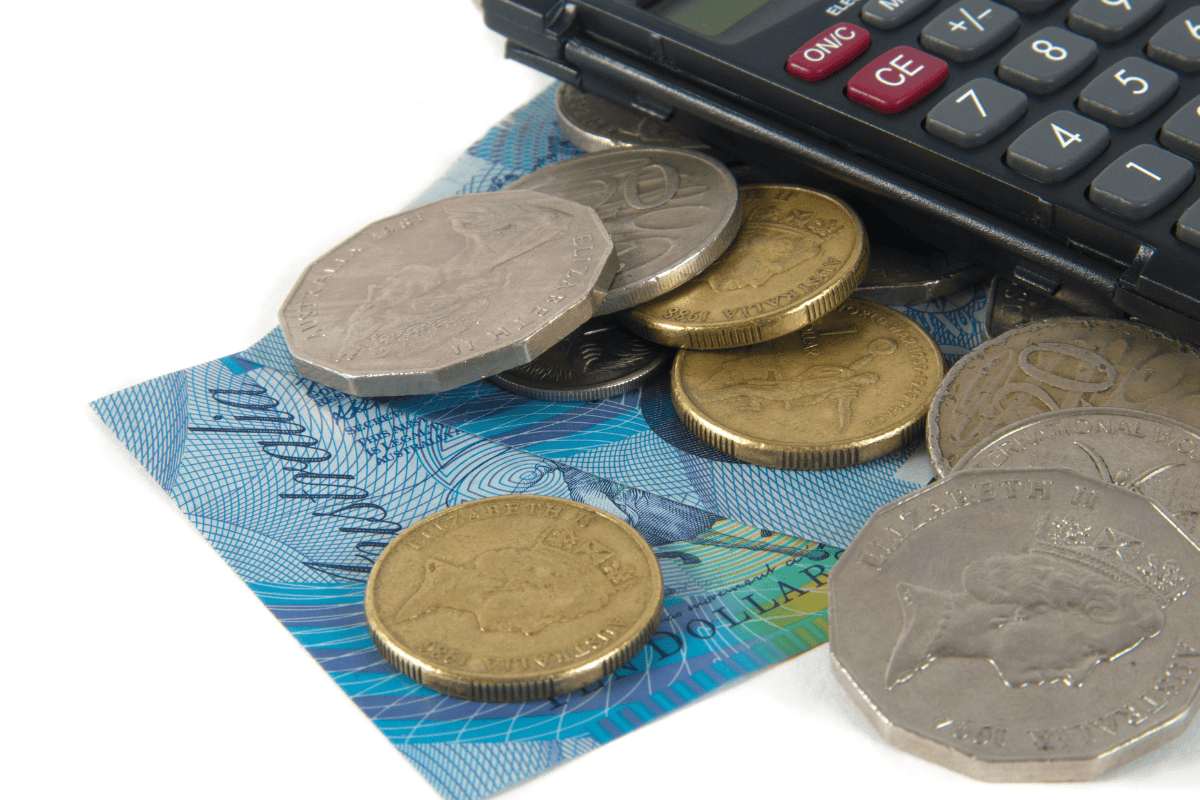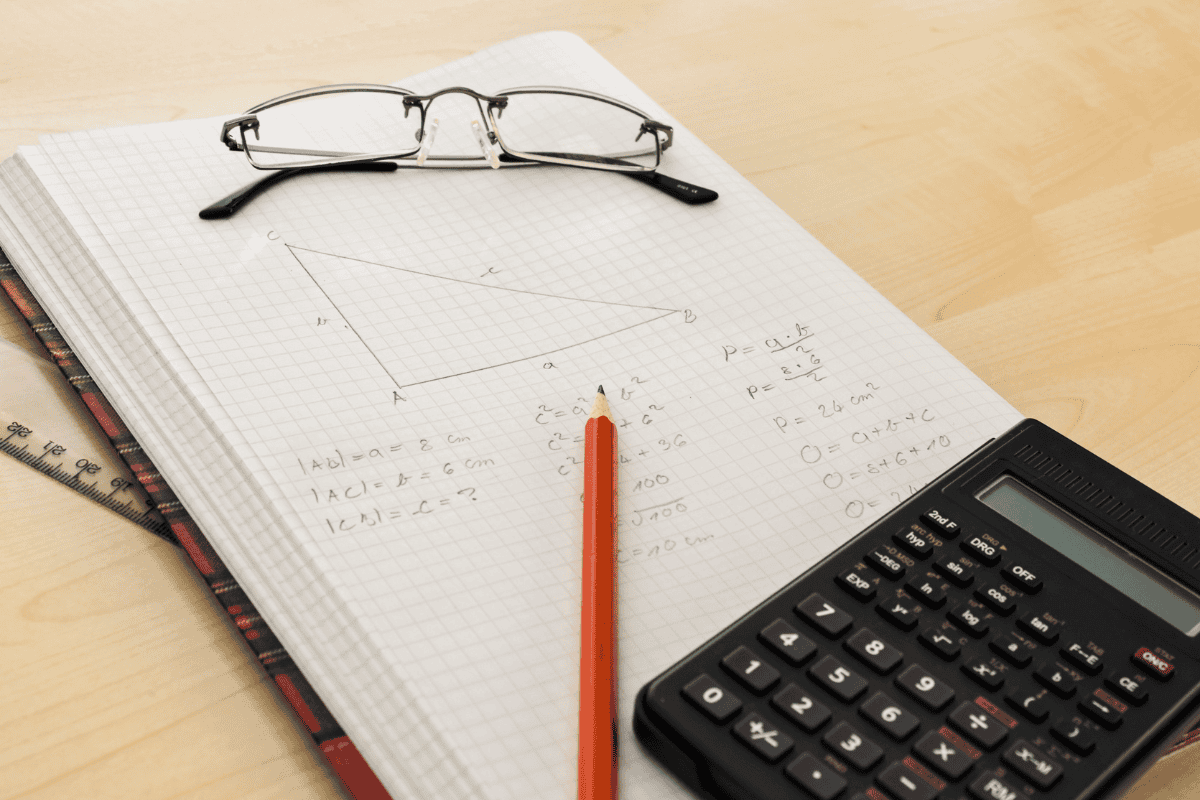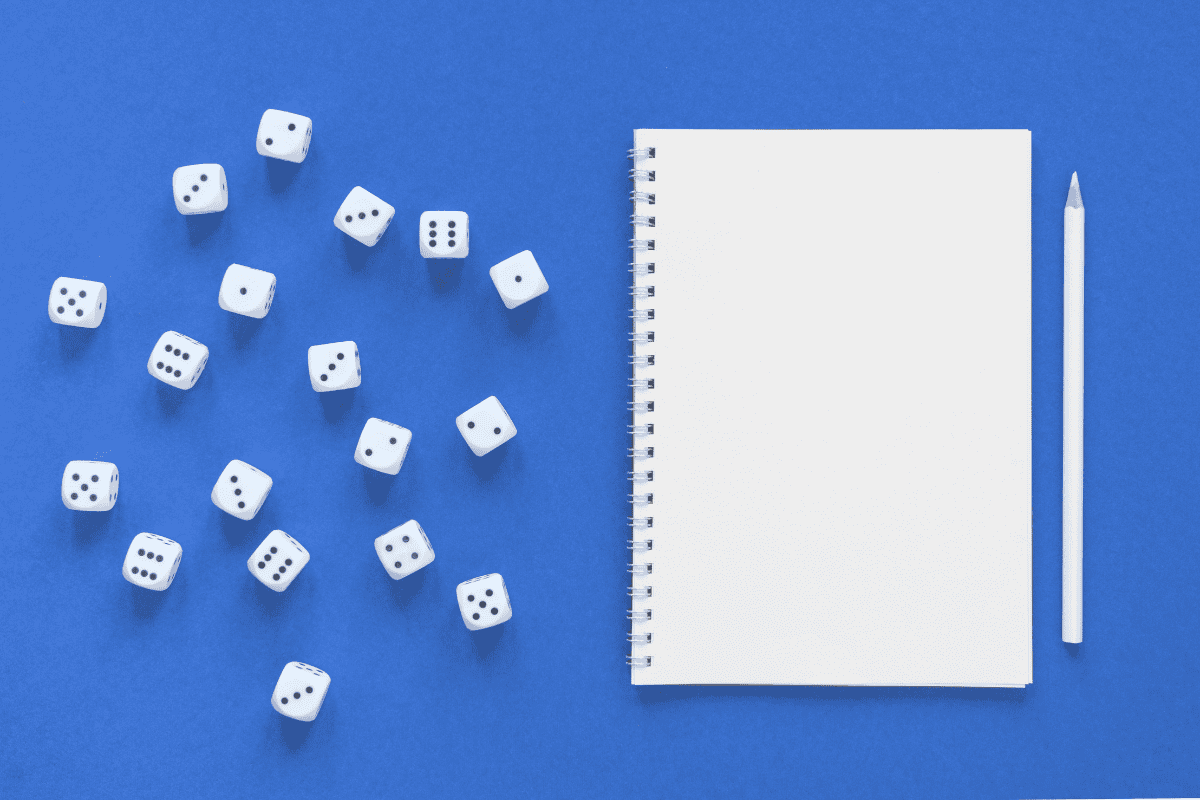Wondering what Year 10 Maths has coming up for your child? Look no further!
Year 10 sets the foundation for the Mathematics course that your child will choose for Year 11 and Year 12, so it is one of the most important years. It is especially crucial that they understand the concepts and skills that are being taught this year so that they can build on them for more complex mathematical skills.
In this article, we break down the Year 10 Mathematics curriculum, outlining the key learning objectives and the topics your child can anticipate for the upcoming year. Let’s get into it!
The Year 10 Maths Curriculum
#1: Number and Algebra
#2: Measurement and Geometry
#3: Statistics and Probability
Assessment Types
Achievement Standards in Year 10
Looking for Maths guides for other year groups?
If you have a child in a different year group to Year 10, we’ve also got guides for them! Have a look at our guides for the various year groups:
Year 7 | Year 8 | Year 9
The Year 10 Maths Curriculum
The Year 10 Maths curriculum focusses on understanding, fluency, problem-solving and reasoning as core principles across the topics of number and algebra, measurement and geometry, and statistics and probability.
Haven’t heard yet? There are also key syllabus changes coming to Years 7-10 Maths in NSW starting from 2024 onwards.
Understanding
Understanding refers to the application of the four operations (addition, subtraction, multiplication and division) to algebraic fractions, finding unknowns in formulas after substitution, making the connection between equations of relations and their graphs, comparing simple and compound interest and determining probability through two and three-step experiments.
Fluency
Fluency includes factorising and expanding algebraic expressions, using a range of strategies to solve equations and calculations to investigate the shape of data sets.
Problem-solving
This refers to calculating surface area and volume to solve practical problems, finding unknown lengths and angles using applications of trigonometry, using algebraic and graphical techniques to find solutions to simultaneous equations and inequalities, and investigating the independence of events.
Reasoning
Lastly, reasoning looks at formulating geometric proofs involving congruence and similarity, interpreting and evaluating media statements, and interpreting and comparing data sets.
#1: Number and Algebra
The Number and Algebra topic can be broken down into the subtopics of money and financial maths, patterns and algebra, and linear and non-linear relationships.
Money and Financial Mathematics
When working with Money and Financial Mathematics, students will learn how to connect compound interest formulas to repeated applications of simple interest using appropriate digital technologies. They will work with real information, data and interest rates to calculate compound interest and solve related problems.
Patterns and Algebra
In Patterns and Algebra, Year 10s will continue building on their understanding and algebraic skills they have developed through high school.
Your child will learn how to factorise algebraic expressions, simplify algebraic products and quotients using index laws and apply the four operations to simple algebraic fractions with numerical denominators. Students will also learn how to expand binomial products and factorise monic quadratic expressions using a variety of strategies.
Linear and Nonlinear Relationships
Lastly, through linear and non-linear relationships they will learn how to solve problems that include linear equations and how to graph various relations, including linear inequalities and simultaneous equations.
Students will learn how to solve problems involving parallel lines and perpendicular lines, as well as explore the connection between algebraic and graphical relations of simple quadratics, circles and exponentials.
#2: Measurement and Geometry
Measurement and Geometry is split into three subtopics of using units of measurement, geometric reasoning, and Pythagoras theorem and trigonometry.
Building on previous knowledge, students will continue to solidify their skills in solving problems involving surface area and volume for a range of prisms, cylinders and composite solids.
Year 10s will also continue to learn how to set out and present their geometric reasoning. Your child will learn how to formulate proofs involving congruent triangles and angle properties.
Additionally, they will learn how to apply logical reasoning by using congruence and similarity to apply to proofs involving plane shapes.
Lastly, your child will extend their understanding on Pythagoras and trigonometry by solving right-angled triangle problems, including those involving direction, angles of elevation and depression.
#3: Statistics and Probability
Chance
In the subtopic of Chance, your child will learn how to describe the results of two and three-step chance experiments, both with and without replacements, assign probabilities to outcomes and determine probabilities of events.
Additionally, they will learn how to use language like ‘if’, ‘then’, ‘given’, ‘of’, and ‘knowing that’ to investigate conditional statements and identify common mistakes in interpreting such language.
Data Representation and Interpretation
Lastly, in Data Representation and Interpretation students will learn about various graphs, some of which they have encountered in earlier years. They will learn about how to determine the interquartile range, construct and interpret box plots to compare data sets and use scatter plots to investigate and comment on relationships between two numerical variables.
Your child will learn how to investigate and describe bivariate data where the independent variable is time and learn how to evaluate statistical reports in media by linking claims to displays, statistics and representative data.
Assessment Types
During the year, your child will be undertaking a variety of assessment tasks to assess their knowledge and understanding of the mathematical content that has been taught. This can be done formally and informally.
Some of the common forms of assessment you can expect are:
- Topic tests
- Quizzes
- Mid-Year and Yearly exams
- Take-home assignments
- Explanatory assignments
These tests help students and teachers to identify aspects of math that students are excelling in and what concepts they have difficulties with so that they may be identified and addressed.
Achievement Standards in Year 10 Maths
At the end of Year 10, you will learn how to recognise the connection between simple and compound interest. Other skills including solving problems with linear equations and inequalities and making connections between algebraic and graphical representations of relations.
Students will solve problems related to surface area and volume, learn how to recognise the relationship between parallel and perpendicular lines and apply deductive reasoning to proofs. Students will learn how to interpret data, compare data sets and refer to the shapes of data displays, in addition to describing bivariate data and describe statistical relationships between two continuous variables.
Students will also learn how to expand binomial expressions and factorise monic quadratic expressions, finding unknown values after substitution into formulas. They will learn how to solve simple quadratic equations and pairs of simultaneous equations.
Furthermore, they will use triangles and angle properties to prove congruence and similarity. Students will use trigonometry to calculate unknown angles in right-angled triangles, listing outcomes for multi-step chance experiments and assigning probabilities for these experiments.
Further information on the curriculum can be found here!
Now if you’re looking for our Year 10 English guide, we’ve got you covered. We’ll even do you one better with our guide to choosing your HSC English level once you start Year 11!
Looking for some extra help with Year 10 Maths?
We pride ourselves on our inspirational Mathematics coaches and mentors!
We offer tutoring and mentoring for Years K-12 in a variety of subjects, with personalised lessons conducted one-on-one in your home or at one of our state of the art campuses in Hornsby or the Hills!
We offer personalised Castle Hill Math Tutors, engaging Kellyville tutors, passionate Parramatta tutors and patient Penrith Tutors, ready to support you!
To find out more and get started with an inspirational tutor and mentor get in touch today!
Give us a ring on 1300 267 888, email us at [email protected] or check us out on TikTok!
Tiffany Fong is currently completing a double degree in Media and Communications with Law at Macquarie University. She currently contributes to the university zine, Grapeshot where she enjoys writing feature articles, commentary on current affairs or whatever weird interest that has taken over her mind during that month. During her spare time, Tiffany enjoys reading, writing, taking care of her plants or cuddling with her two dogs.






